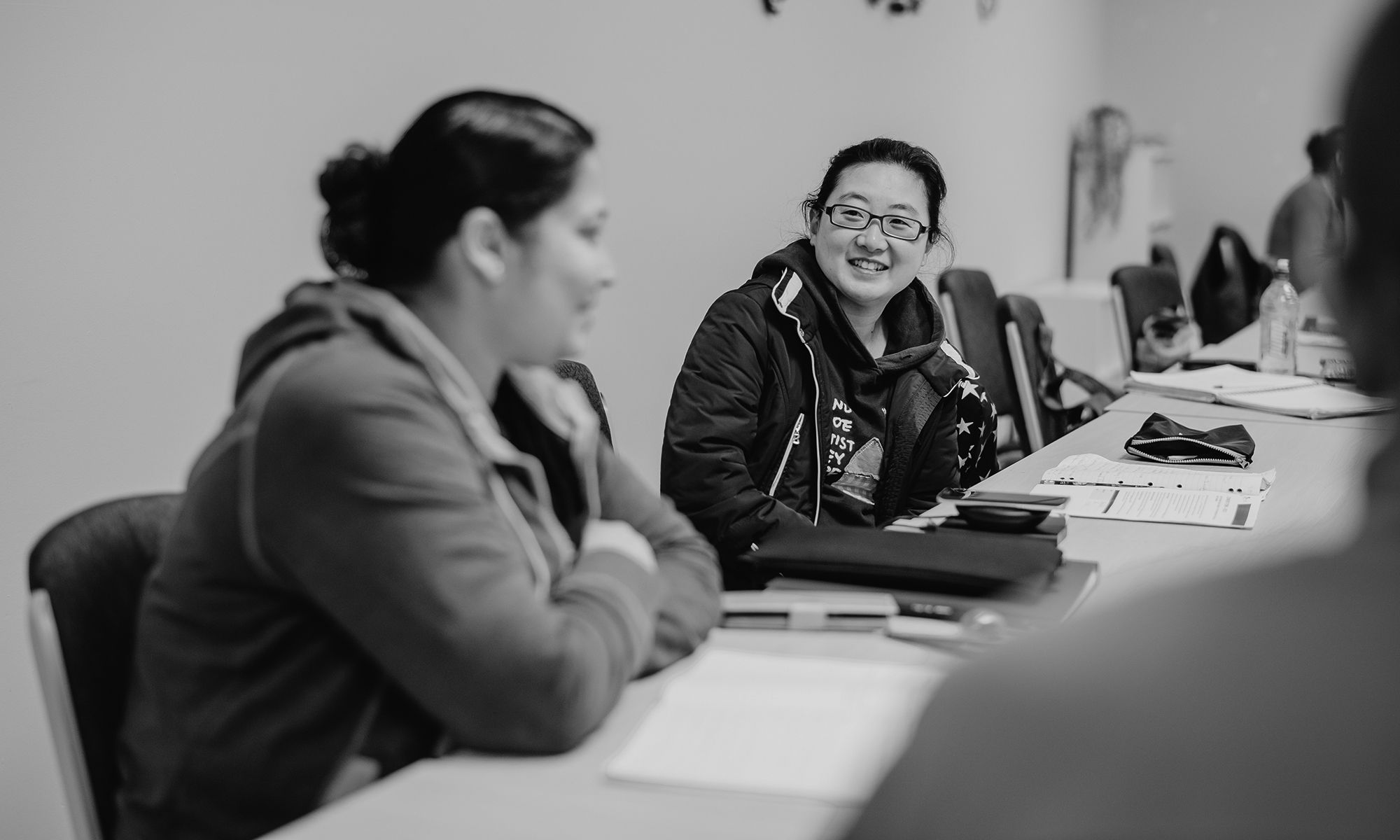Author/s: Robyn Broadbent
Edition: Volume 51, Number 1, April 2011
Summary: In 1999, a group of men embarked on a remarkable project that resulted in building a two million dollar youth centre in one of Melbourne’s most disadvantaged communities. From the outset, Victoria University (VU) was a keen partner in the project. This project had key synergies with the current experiences of the University—a dual sector higher education and vocational education institution in Melbourne’s western suburbs. There were also alliances with emerging government policy, in particular policy focused on responding to the rapid social and economic transformations that were occurring where increasingly the social and employment divide was apparent in the western region of Melbourne. Education, and in particular vocational education, it was hoped was to be part of the solution. And on that basis Government policy was focused on ensuring that young people stayed in the education and training system. Young people, as a result of policy changes in 2000, were encouraged or forced to re-enter education to continue to secure any government income support. For Victoria University this meant that an increasing number of young people with complex issues came to their door. It is a situation that is again being faced by the education system in Australia with the most recent announcement by the Federal Government on the jobs and training compact (Council of Australian Governments 2009). This paper outlines a dual track journey, one of a project destined to be built and another of a University that embarked on research, reflection and action to create a very different learning environment for some of the most disadvantaged young people in Australia. In the end, the University located one of its entrances at a multi-purpose youth centre in Sunshine, with the aim of re-orientating its welcome mat to young people and engaging them in returning to study and fulfilling their own aspirations to succeed.
Keywords:
![]()
![]()
![]()
![]() Share a copy of this abstract.
Share a copy of this abstract.
This article is part of AJAL, Volume 51_1. The entire volume is available in .pdf for purchase here.
